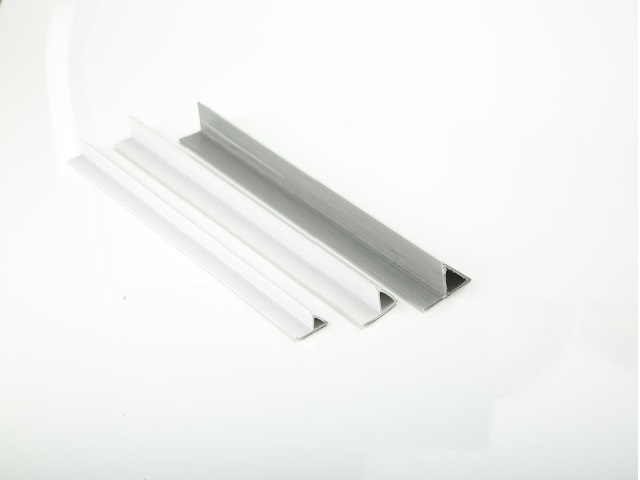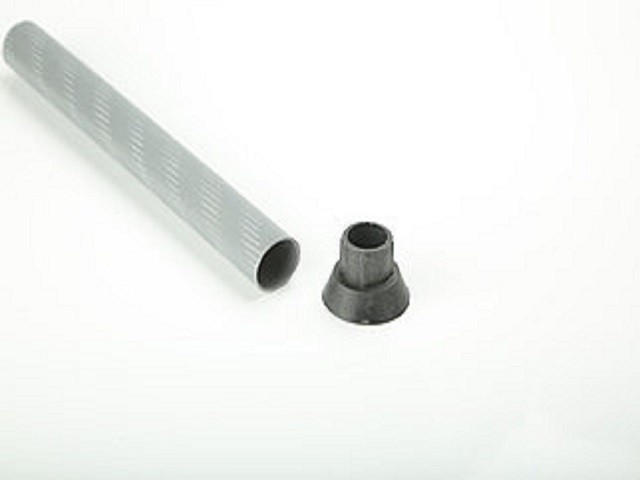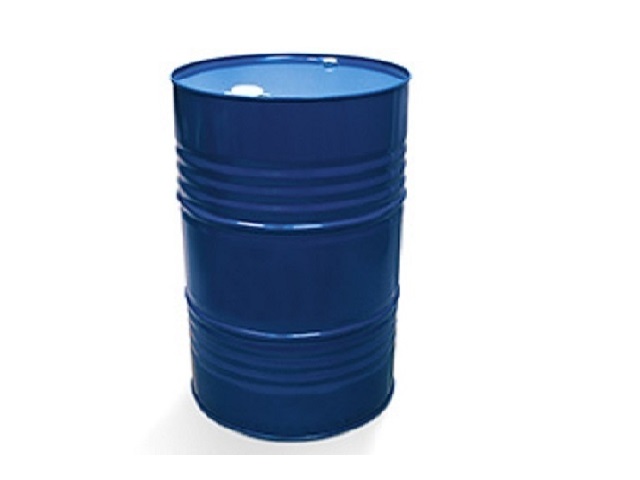Mesh for fastening bentonite cord 15x25, 1 meter
Product code: 0108
Mounting profile for secure fastening of bentonite cord
37.44 uah
Bentonite Cord Attachment Mesh is a special material, usually made of metal or plastic, that is used to provide a secure attachment to bentonite cord in certain areas where sealing or protection against the ingress of water or other substances is required.
This type of mesh typically has an open design that allows the bentonite cord to pass through while still holding it securely in position. The mesh usually has specific dimensions and shapes to suit the specific requirements of the project.
Using mesh to secure the bentonite cord creates a more secure and durable barrier, providing protection and sealing in the appropriate areas. This is especially important in construction and engineering projects where effective waterproofing or preventing the penetration of harmful substances is required.
Galvanized metal mesh for reliable fastening of the bentonite cord. Width 25 mm, height 15 mm. The mesh is attached using a pneumatic gun. Mesh length 1m.
Galvanized metal mesh
Width 25 mm
Height 15 mm
Mesh length 1m
To attach bentonite cord to 25mm x 15mm x 1m galvanized metal mesh using an air gun, you will need the following equipment and materials:
Galvanized metal mesh: The mesh should be 25 mm wide and 15 mm high, with a length of 1 meter.
Bentonite Cord: Select the correct size bentonite cord that is well suited to fill the required space.
Air gun: To attach the mesh, use a pneumatic stapler or air gun, which provides convenient and effective fastening.
Pneumatic or Air Gun Staples: Select the appropriate size staples to secure the wire mesh. Appropriately sized staples are usually used to ensure a strong attachment.
Compressor: An air gun will require a compressor to provide the necessary pressure for the gun to operate.
The fastening process will be as follows:
Prepare the surface: Make sure the surface on which you are going to attach the mesh is free of dust and debris. This will provide better grip.
Place Bentonite Cord: Place bentonite cord along the areas where a seal is required. These are usually areas where there is a risk of water or other substances entering.
Attach the mesh: Use an air gun to attach the mesh. Place the mesh over the bentonite cord and use an air gun to drive the staples through the mesh into the base surface.
Check the fastening: Once the fastening is complete, make sure the mesh is securely fastened and the bentonite cord is in the correct position.
Finish the job: Once you've completed the fastening and are confident that it's secure, you can continue with the next steps of your project.
It is important to practice safety when using an air tool and refer to its instructions for proper use.
How to mount a bentonite cord using a prosechno-exhaust mesh or a profile for fixing a bentonite cord?
Installation of bentonite cord depends on its type and is carried out using a special mesh, dowels, sealant or glue. Usually it is nailed with steel nails or pressed with a prosechno-exhaust mesh or a profile for fixing a bentonite cord. Bentonite cord 10x20; 15x25; 20x30 mm for sealing joints is laid along the seam, fixed with a special mesh, dowels, glue or sealant and filled with the next part of concrete.
What is the square footage of a prosechno-exhaust grid or profile for fixing a bentonite cord?
The prosechno-exhaust grid is completed with 1 meter packages of 200 pieces.
Related materials
Tension screw for tightening formwork panels, plywood, OSB, 3 m
Screed screw for screed boards of formwork, plywood, OSB
Bentonite waterproofing cord "Gidrostop" 15X25mm, coil 5 meters
To ensure the waterproofness of working seams in building structures
The plank for the formwork is L-shaped 20 mm
Plank for creating rounded elements in monolithic construction
PVC pipe d-25mm perforated
Pipe for installation that keeps the distance between the formwork panels and when installing columns and pylons
Lubricant for formwork 200L
Grease for molds and forms for use in industry and monolithic construction
Reinforced nut 90 mm for fixing formwork panels from the outside
The coupling nut is reinforced for fixing the shields from the outside
© "Protex-S" LLC2021 | Website created by MD Design





